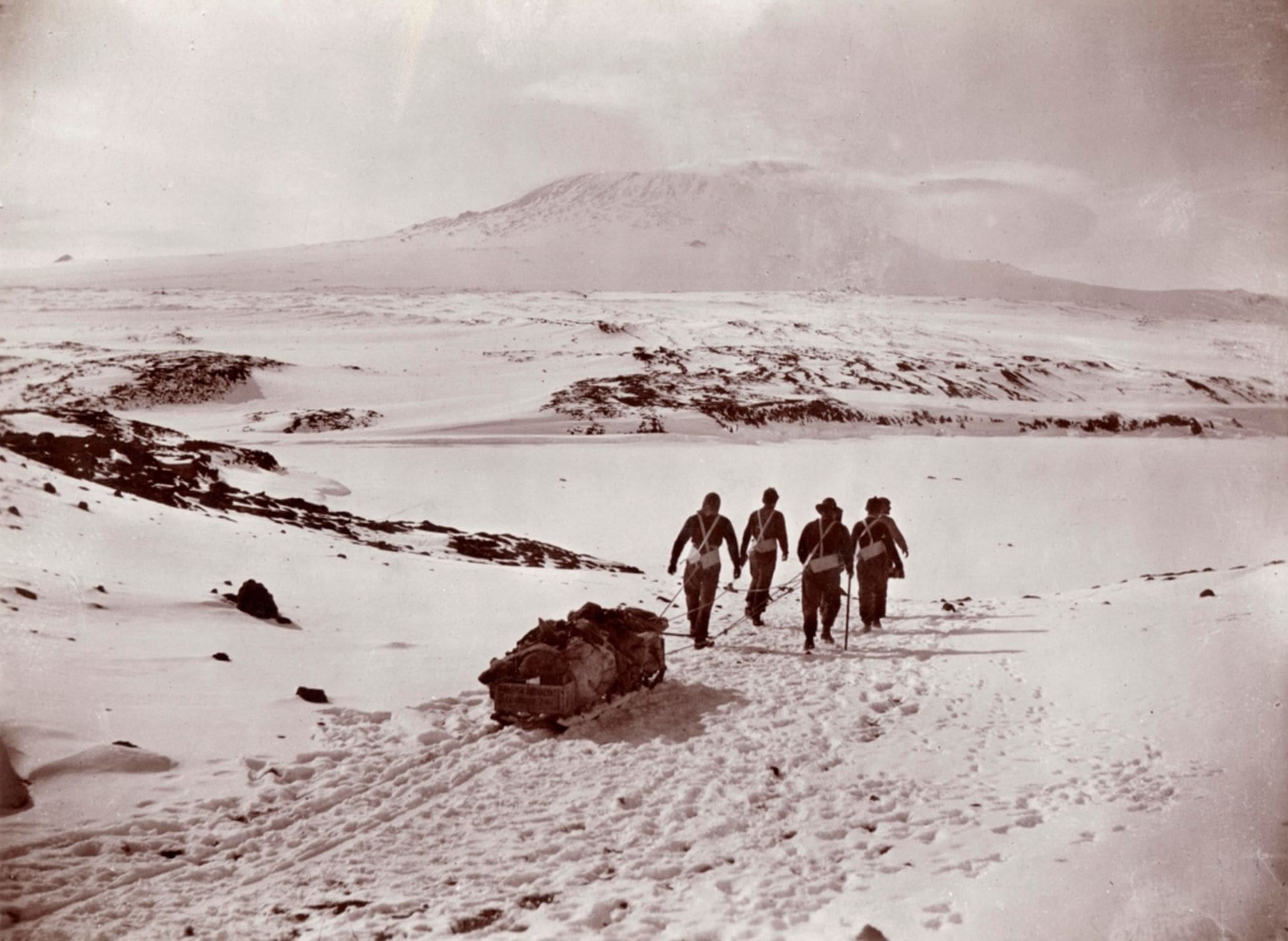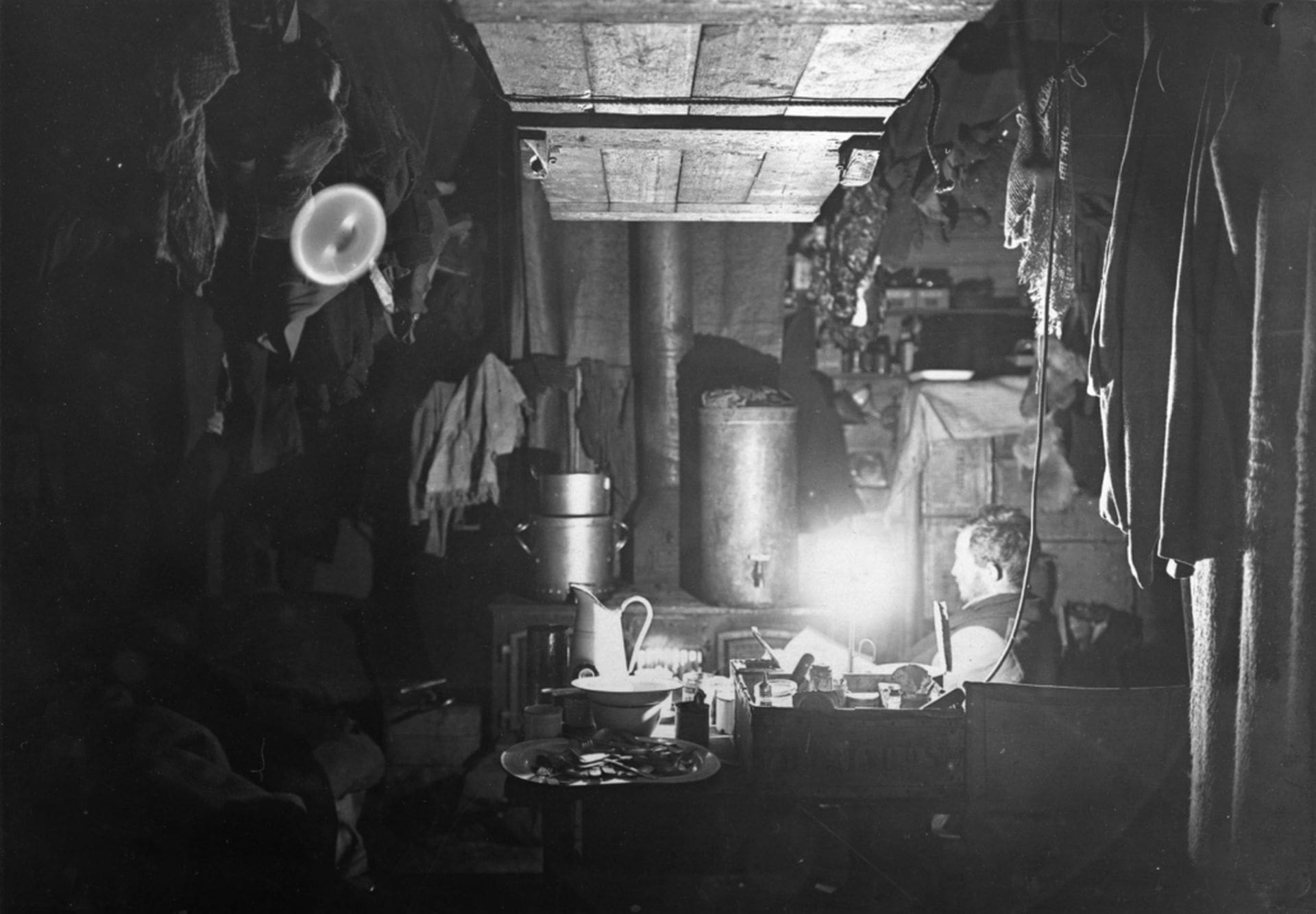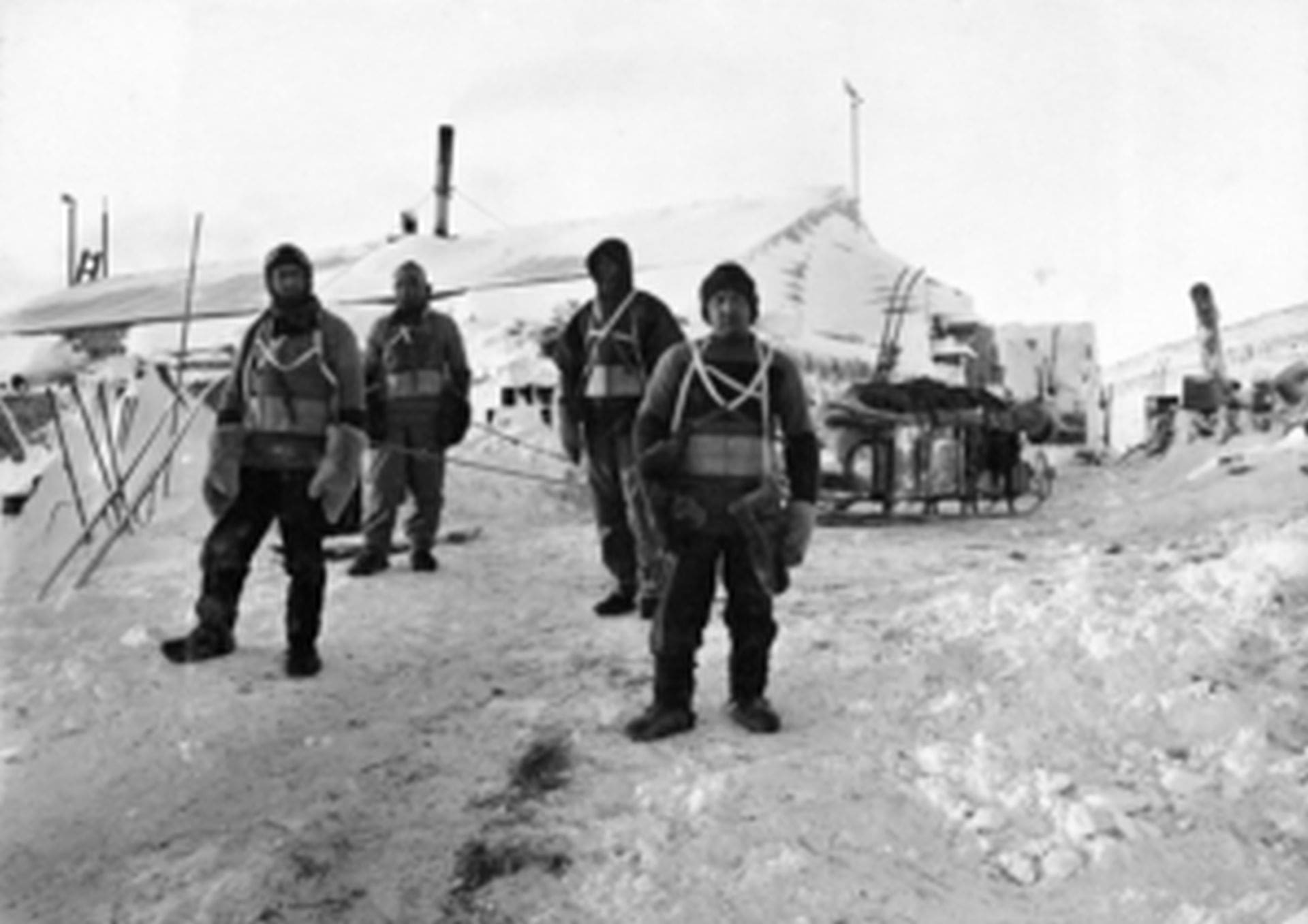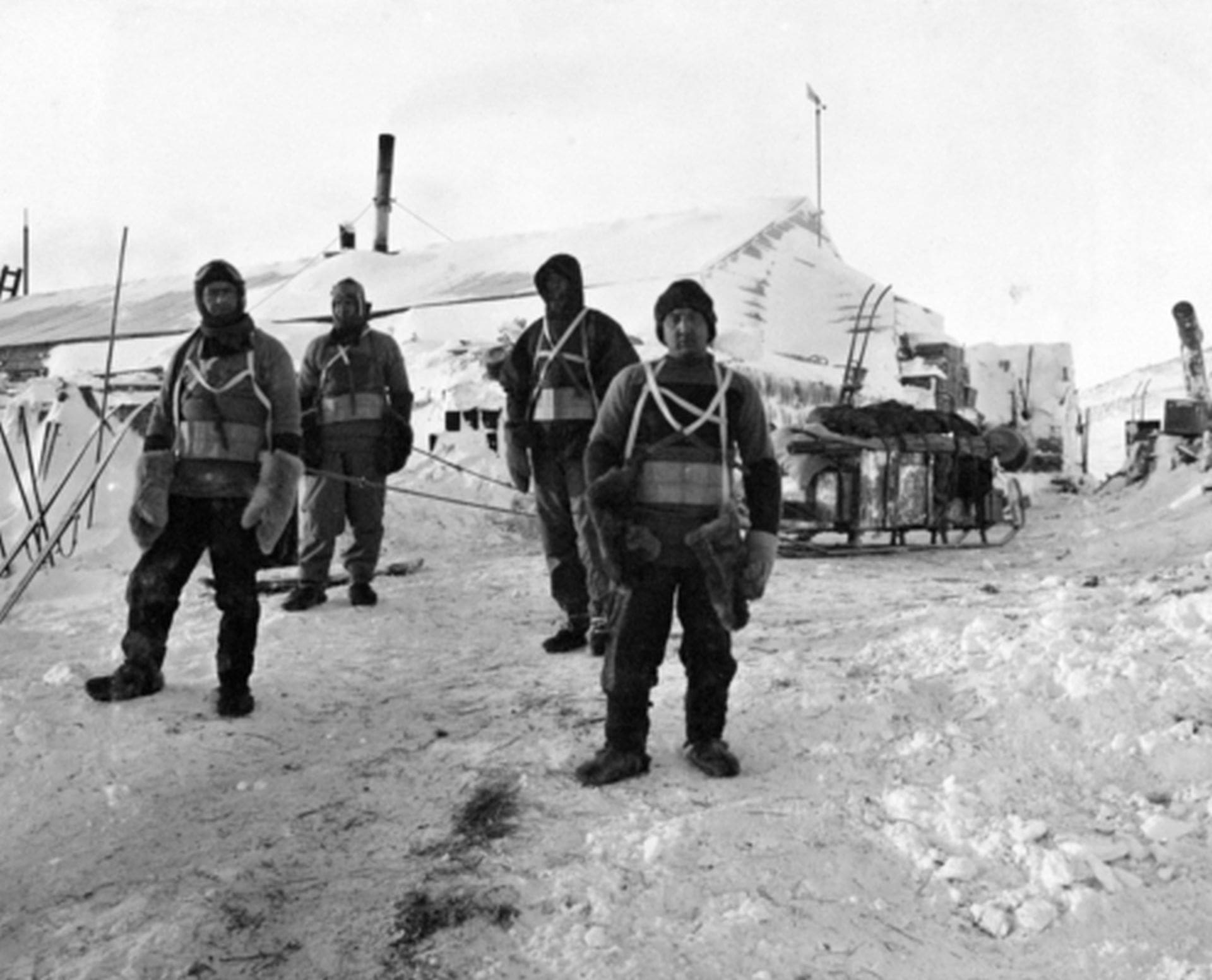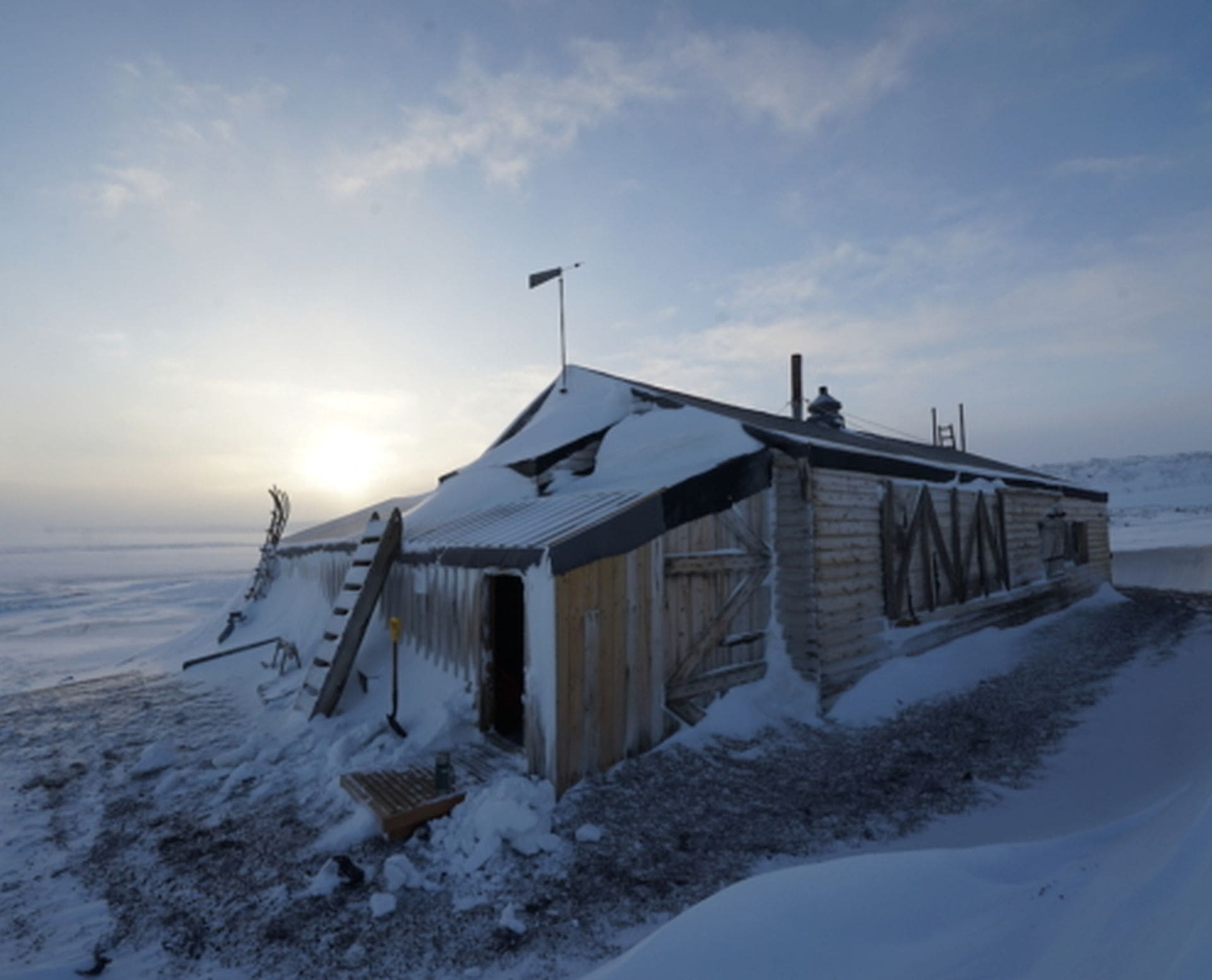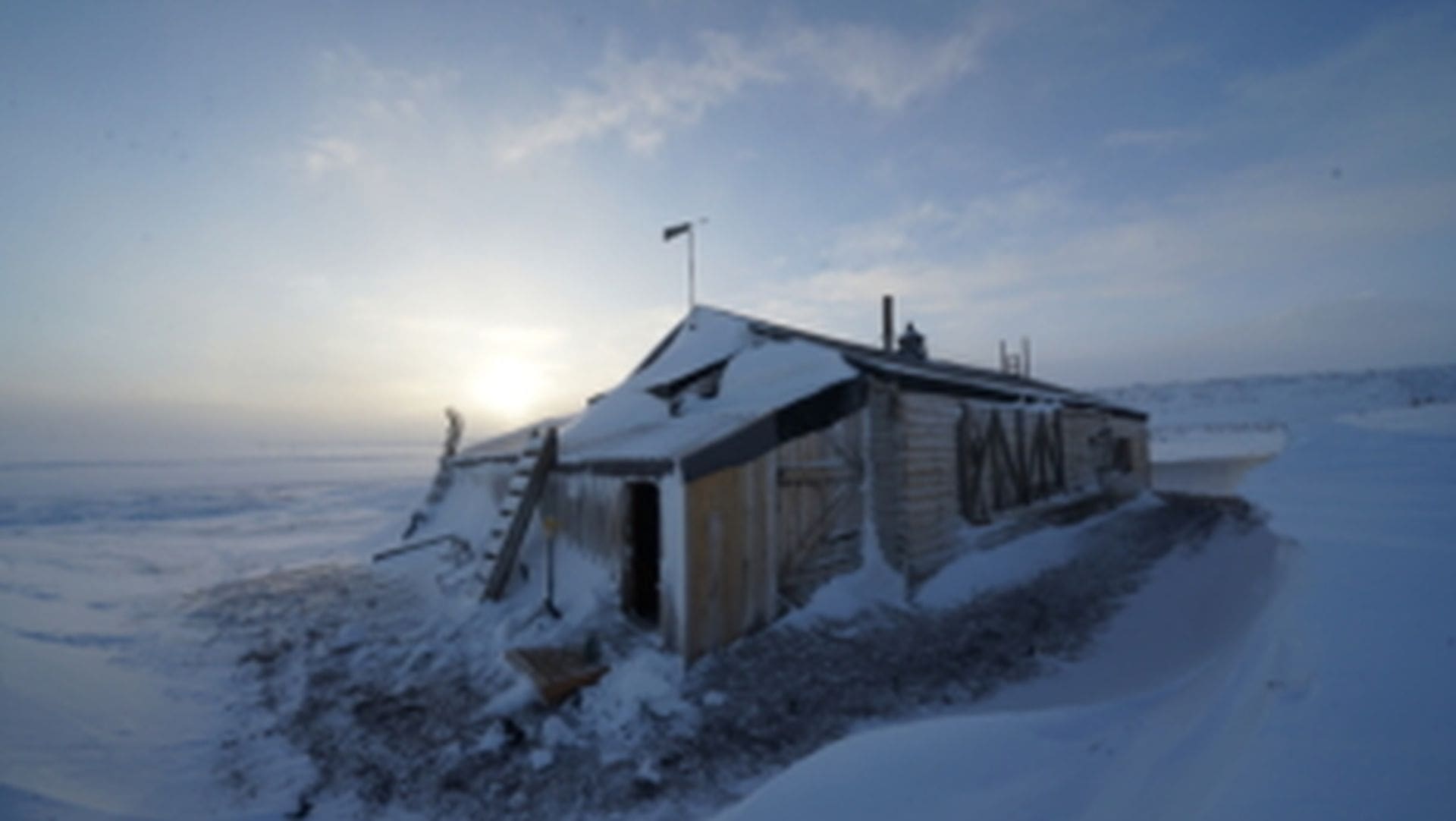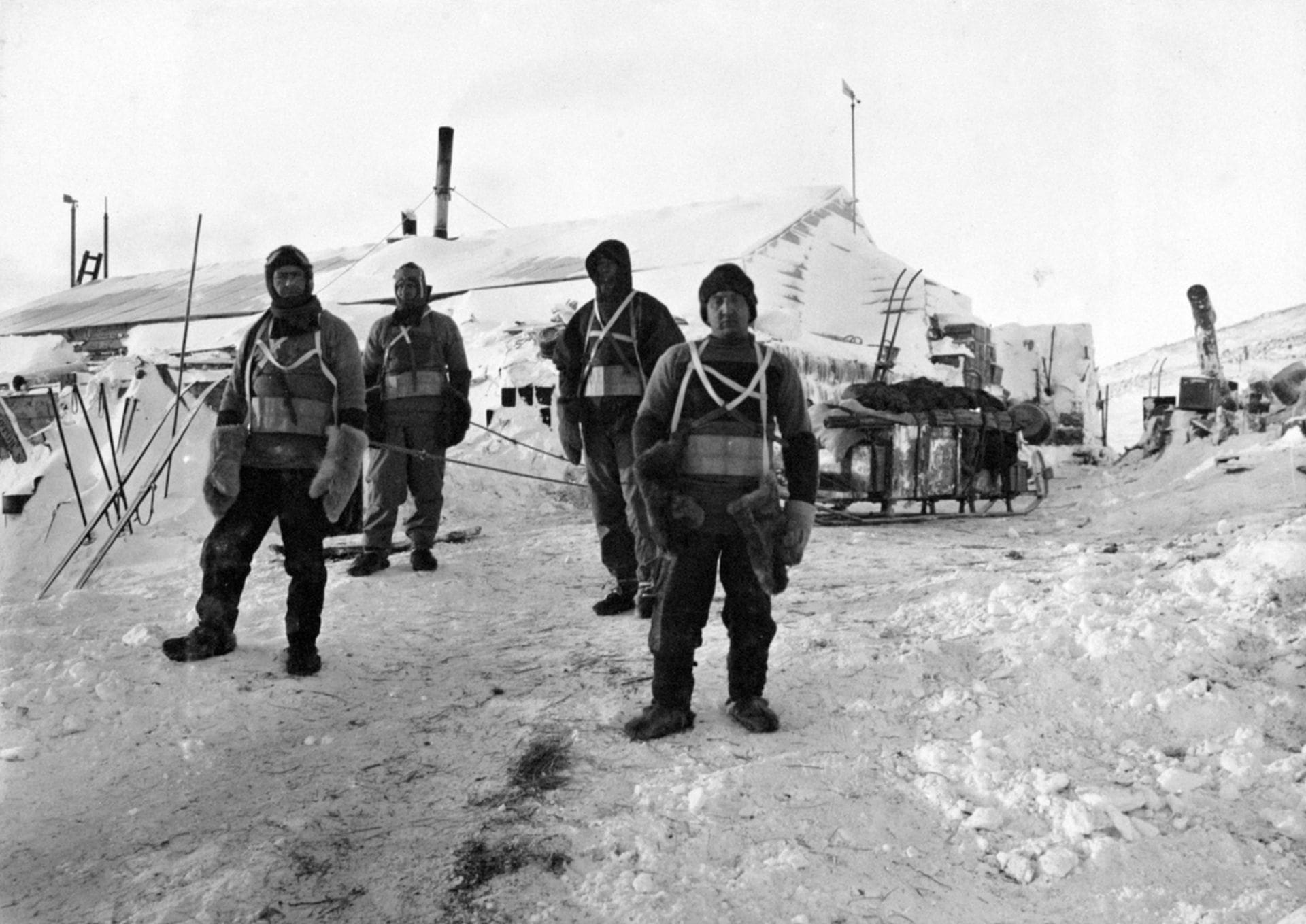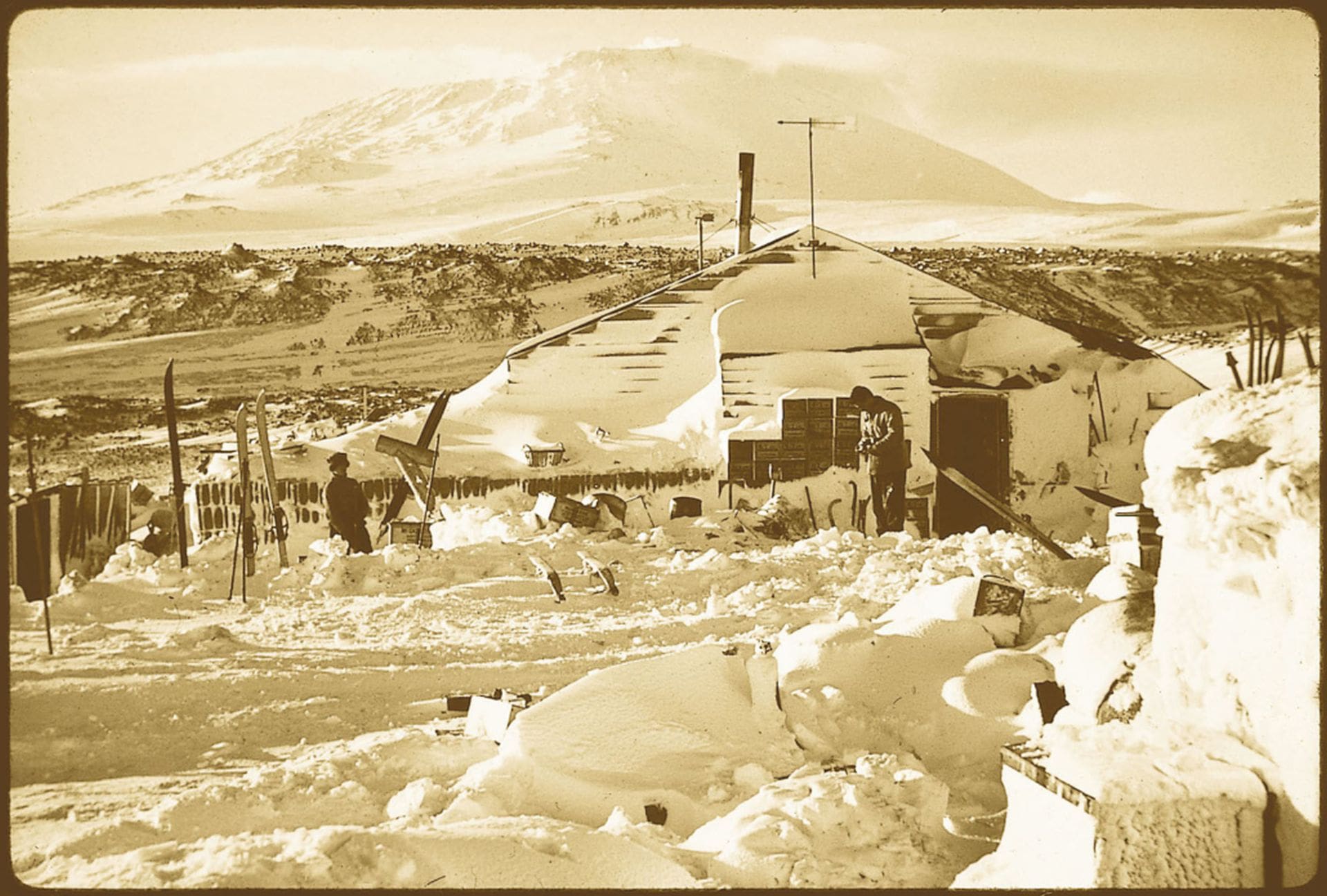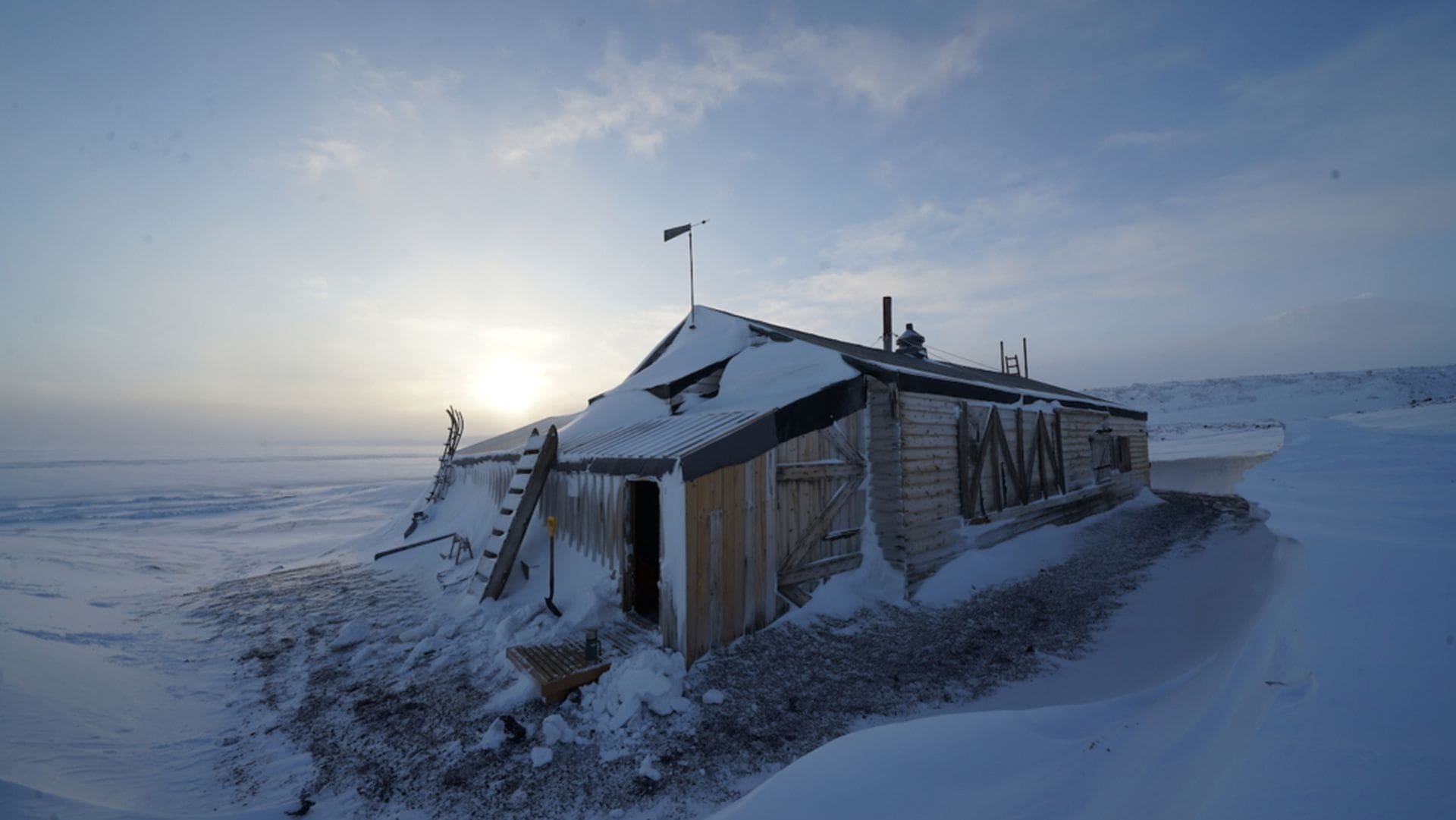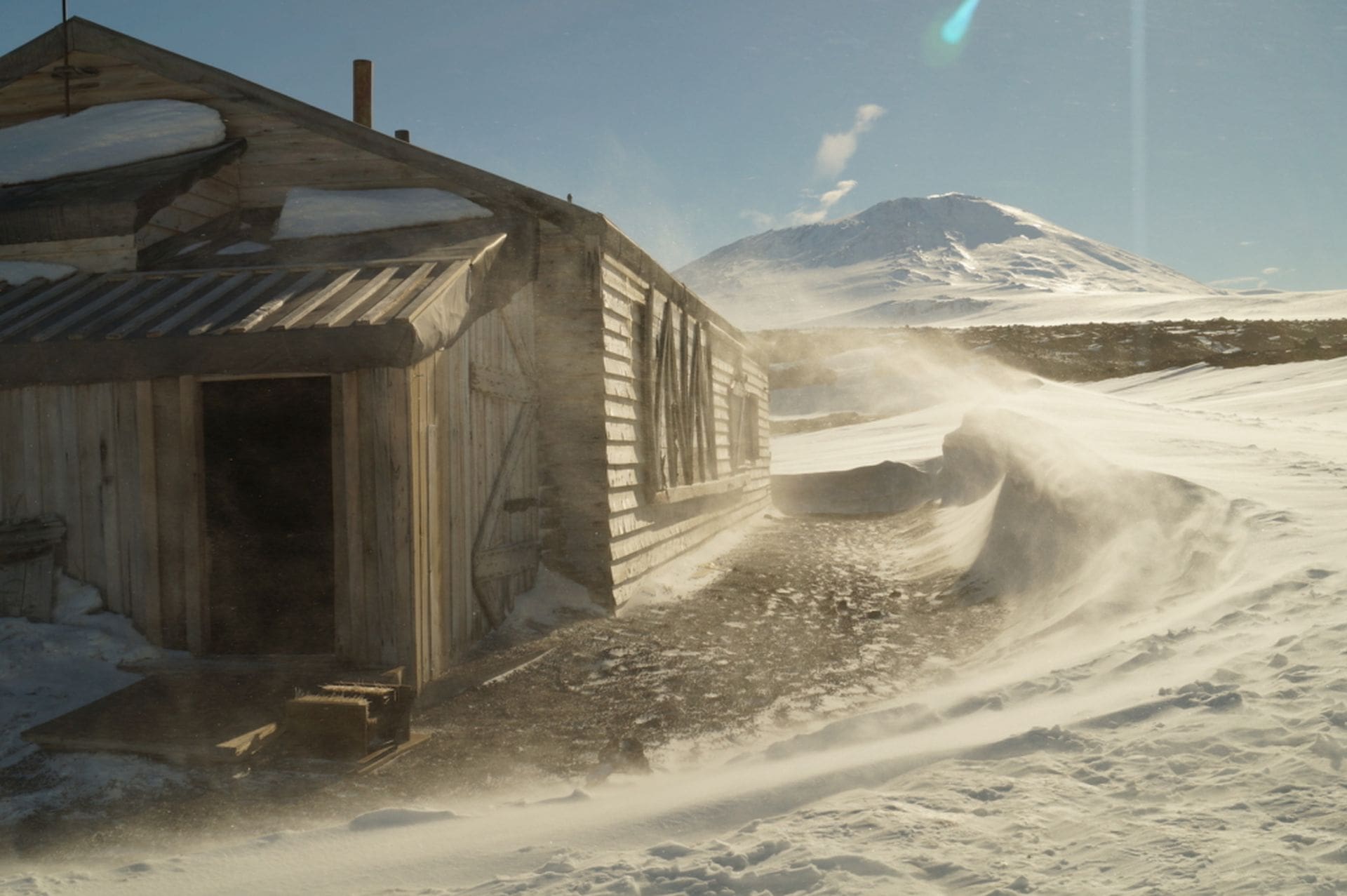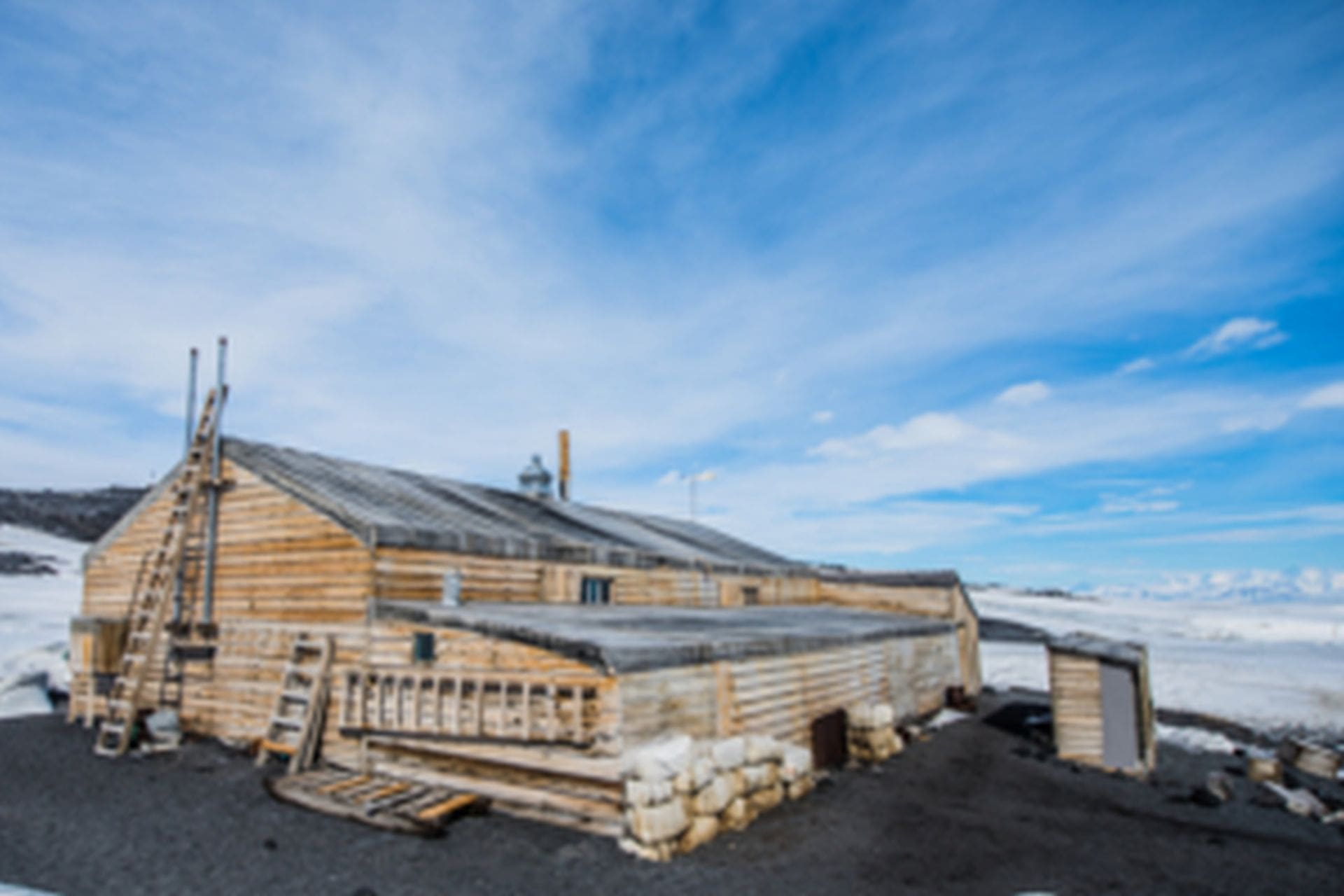EXPEDITION BEGINNINGS
Since being invalided home with scurvy in 1903 from Robert Falcon Scott’s Discovery expedition, on which he was a third officer, Shackleton was fixated on getting back to the ice. Since his return from Antarctica he had a variety of jobs, which included magazine journalist, secretary of the Scottish Royal Geographical Society, and public relations work for a Glasgow steelworks. For over a year he drew up cost-cutting schemes and engineered introductions to rich businessmen, and by late 1906 was close to giving up.
Finally, his steelworks employer William Beardmore, and several other businessmen, agreed to guarantee a bank loan for £20,000, and Shackleton announced his plans on 11 February 1907. He would lead an expedition to Antarctica, with the primary goal of reaching the South Pole.
Shackleton intended to establish his base in King Edward VII Land, at the eastern end of the Ross Ice Shelf, and from there make the journey to the South Pole. He assured Scott that he didn’t intend to enter McMurdo Sound or make use of Scott’s old base at Hut Point, since Scott claimed rights not only to the hut, which he had built in 1902, but also to the route to the pole that he had pioneered.
Although funds were tight, Shackleton recruited 14 men who would make up the shore party of the expedition, and purchased the 200 ton Nimrod. He also procured a specially designed, prefabricated hut, plus 15 Manchurian ponies, nine dogs and an air-cooled, four-cylinder 11kW (15 hp) motorcar—the new Arrol-Johnston. Nimrod sailed from Torquay, England, bound for New Zealand, on 30 July 1907.



